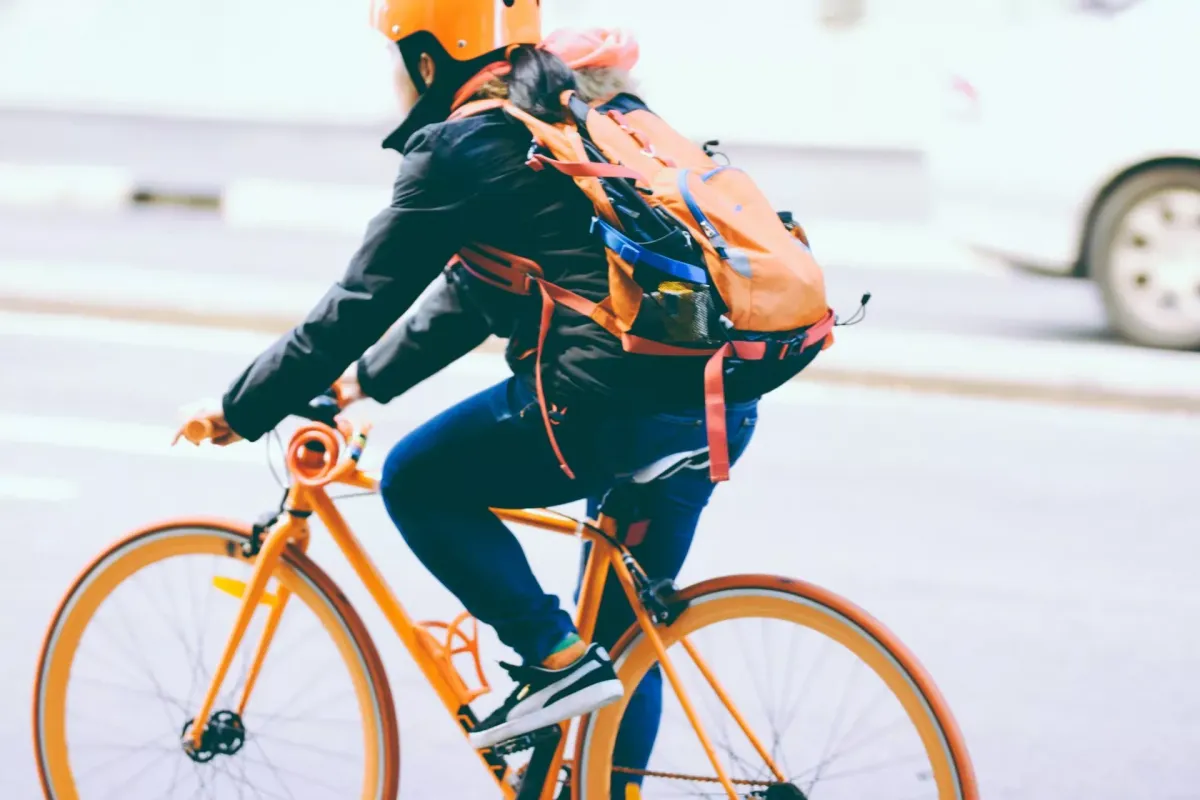Study: Neighborhood Improvements Could Increase Bike Commuting

A study, published in the Journal of Transport and Land Use, indicates that a person’s neighborhood plays a large role in whether or not they decide to commute by bike.
The study found that people who live in high-density, mixed-use neighborhoods (downtown or near large college campuses) are more likely to commute by bike than their peers in suburban or rural areas.
The findings held true even in suburban neighborhoods that residents considered “bike friendly.” The study found that people who live in suburban neighborhoods ride bikes for recreation or fun, but are less likely to commute to jobs or classes by bike.
The study was based on a survey of 1,200 people who commuted to Ohio State. About 12.6 percent of those people classified themselves as bicyclists, and 5.4 percent reported that a bicycle is their main mode of transportation. People who lived in high-density areas were twice as likely to commute by bike as people in medium-density areas. Additionally, they were more than three times as likely to commute by bike as people in suburban areas.
Most bicyclists surveyed said they would commute by bike more frequently if they had access to more bike trails, bike-sharing opportunities and covered parking for their bikes at home or at work and school. Non-bicyclists who lived in high-density neighborhoods were more concerned about safety when traveling by bike than their peers who commute by bike.
Further evidence that cities should be using public investment in protected bike lanes, bike paths and bike parking to drive bike commuting.





